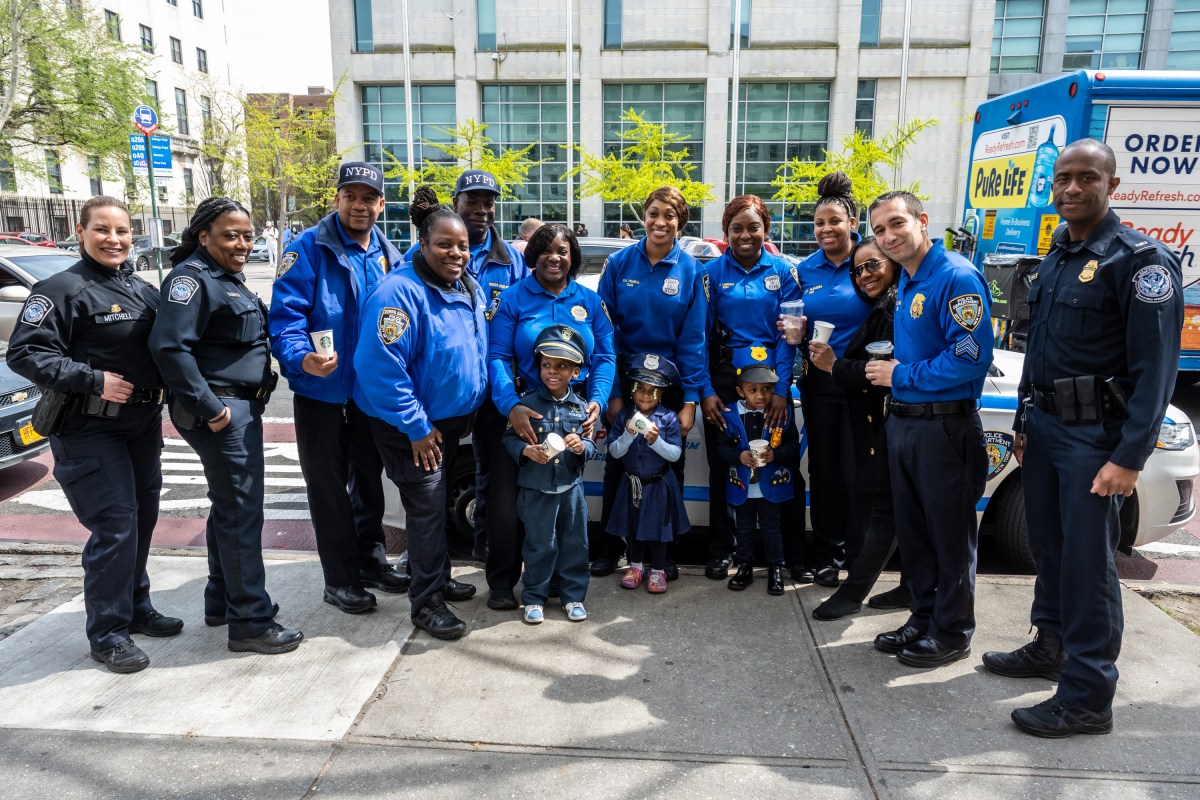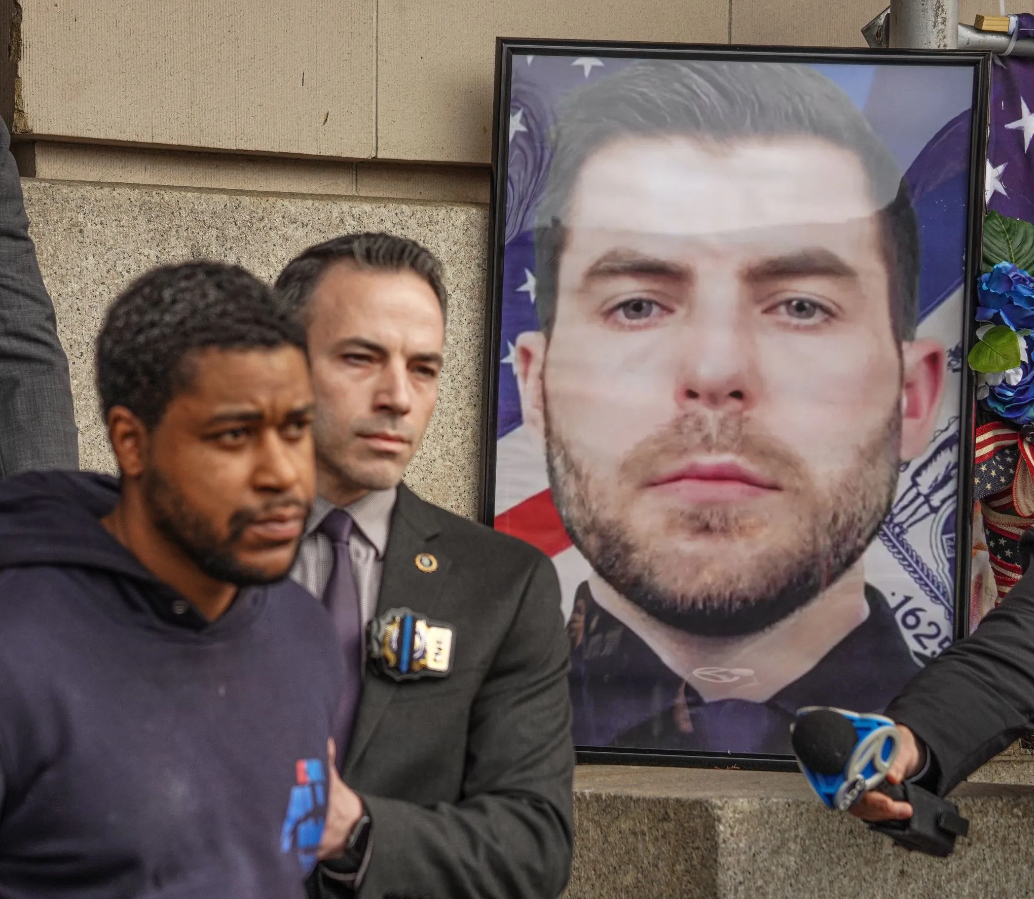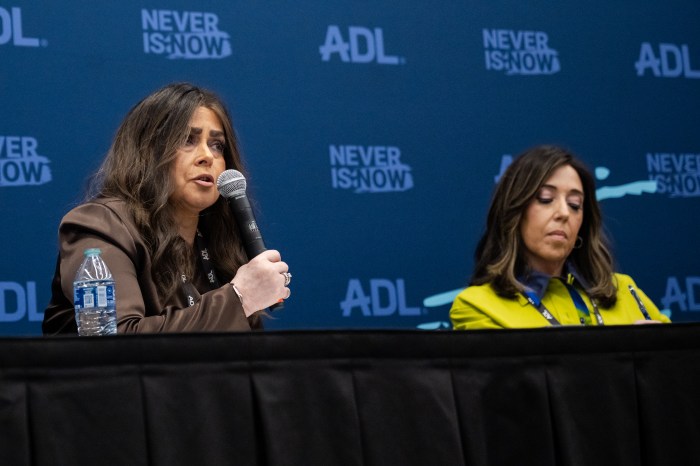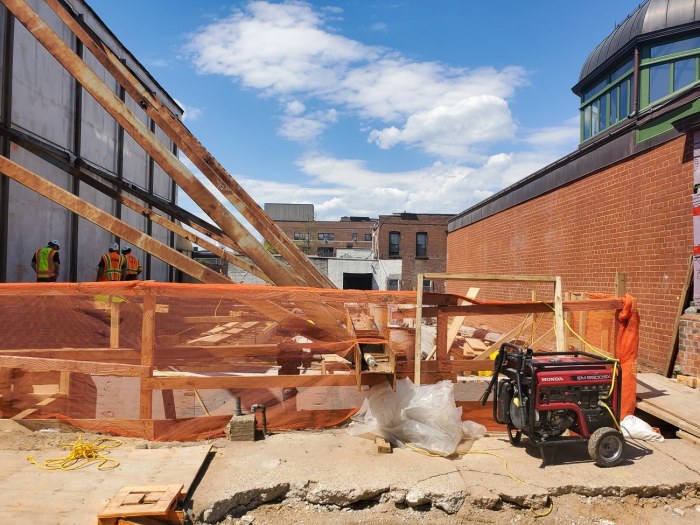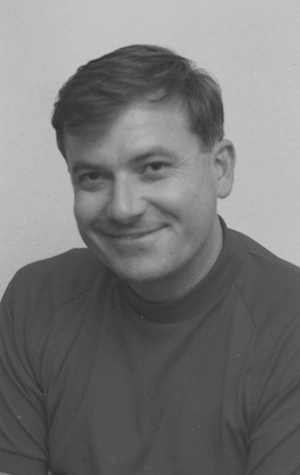
BY NATHAN RILEY | The gay rights movement changed history, and it changed Lew Todd from a private person into a public servant who helped integrate L.G.B.T. New Yorkers into the city’s political life, as well as the inner workings of its government.
Todd, decisive, pragmatic and amiable, left his mark on New York City, and when he died on Sept. 3 at 82 after an extended hospitalization, he left behind friends from all walks of life. In addition to gay New Yorkers who will miss him, there are undoubtedly fellow Navy shipmates from his Korean War service and members of the Fire Department, where he had administrative responsibilities for the last 10 years of his work life, who fondly recall the deep impression he left on them.
Todd was a small businessman approaching middle age when Stonewall mobilized the gay community. Still, he threw himself into the flurry of largely youthful and ebullient energy that the 1969 Christopher St. riots spawned. Activists challenged the general public while scrambling to organize their fellow gays. Ending shame and reflexive timidity was a recurring preoccupation of the lengthy meetings the fledgling Gay Activists Alliance held in the Firehouse on Wooster St. in Soho. Politics galvanized pride.
G.A.A. was perhaps most famous for its “zaps,” unexpectedly sudden and militant demonstrations that took direct aim at the sources of pervasive antigay policies that persisted well into the 1970s. One zap attacked the city’s Taxi and Limousine Commission for its requirement that any gay applicant for a hack license furnish a psychiatrist’s note attesting to his mental stability.
Todd jumped into the gay liberation movement with both feet. The owner of a Mr. Softee ice cream route, he sold his business to help pay for his activist pursuits.
Todd was a pragmatist, and funneled his energies into organizing gays around the country. He and Morty Manford, a lawyer and gay activist whose life was cut short by AIDS, took to the road over a six-month period to encourage new G.A.A. chapters across the U.S. Hitting gay bars at peak hour on Wednesday nights, they would ask the bartender to turn off the music so they could explain the organization to patrons. The new chapter would then meet on Friday or Saturday evening to elect officers. At each venue, they would leave copies of “20 Questions About Homosexuality: A Political Primer,” the foundational G.A.A. pamphlet, and hope for the best. At the Firehouse, Todd and Manford’s efforts were dubbed the Johnny Appleseed Project.
At home in New York, Todd had a knack for mentoring. Allen Roskoff, a lifelong activist who now heads the Jim Owles Liberal Democratic Club, was a close friend who learned lobbying and public relations skills from him. They put their know-how to practical use. One evening, Todd, Roskoff and a few friends visited the Rainbow Room, the swank nightclub atop Rockefeller Center, and started dancing together. The venue flunked that test. Earl Wilson, a gossip columnist for the then-liberal New York Post, was on hand to record their expulsion. Steve-Shlomo Ashkinazy, one of Todd’s lovers and a lifelong friend and fellow activist, said the zap provided evidence of the city’s pervasive public-accommodations discrimination and strengthened the argument for a local gay rights law.
Gay marriage was a demand in those early glory days of activism, as was the call for an end to mob control of gay bars. In 1973, Todd, Ashkinazy and others invested in the Ballroom, a restaurant and nightclub that would serve a homosexual clientele on West Broadway in Soho. The group chose the location for the low rents then available in the neighborhood, but knew they were running up against the State Liquor Authority’s regulation against serving homosexuals in bars. Todd and his partners never went to court, instead simply filing an application with the S.L.A., which gave in rather than fight the issue. The Ballroom became the city’s first club operated by and for gays.
A practical approach toward government became a Lew Todd trademark. The Ballroom was widely praised for its food, and Todd and Ashkinazy soon became friends with Joe Papp, the founder of the Public Theater. When Papp’s son Anthony, who also died young of AIDS, came out, Joe Papp asked them to offer him a job and mentor him. The elder Papp, in turn, gave the Ballroom the catering contract for the Public, which later led to a similar deal with the Brooklyn Academy of Music.
The Ballroom became fundraising central for the movement –– at a time before finding money to support political and social causes became the professionalized pursuit it is today. For many groups, fundraising had largely been a matter of passing the hat, so the Ballroom parties represented a big step forward; countless groups reached out to Todd for help in staging benefits. Todd’s commitment to providing space for gay community fundraising continued when he and others opened Chez Stadium on Greenwich Ave.
After Ed Koch was elected mayor in 1977, he quickly became a lighting rod for criticism within the gay community. Though the former Silk Stocking District congressman was more responsive than his predecessors, many activists lambasted him for not doing enough, especially when AIDS emerged in 1981 and 1982. Koch was equally ferocious toward his critics. It was at this point that Todd made a decision that defined his public life as the community moved toward the ACT UP era of militancy –– he supported the mayor. Todd brought his Koch loyalties to his role as a founding member of the city’s Stonewall Democratic Club.
Todd leveraged his ties to the mayor and his role at Stonewall to keep open the lines of communication between the city and the gay community, even during the tensest days of the AIDS crisis. In the early ’80s, the leadership of a nascent community center, where many L.G.B.T. groups had offices, wanted to purchase the former school on W. 13th St. where they had been tenants for several years. The onslaught of AIDS made the need more pressing, but among the center’s board members were some of Koch’s harshest and most vocal critics. The mayor threatened to block the purchase by putting the building up for sale at a public auction, a move that would have priced out the community center.
Todd quietly offered advice and assistance to the center’s board in identifying recruits who could help them make the case to Koch that he should ignore his adversaries for the greater good of the L.G.B.T. community. Over time, voices trusted by the mayor persuaded him to back off from plans for an auction and instead negotiate a sale of the building to what is now known as the L.G.B.T. Community Center.
Todd spent the last decades of his life as a shrewd conciliator in difficult circumstances. A member of the city’s Loft Board, he helped pave the way for large spaces Downtown to be opened up to residential uses against the business community’s determination to retain industrial zoning there. On behalf of the L.G.B.T. community, he was an ambassador to Democratic leaders with religious and other constituents whose demands and priorities clashed with the needs of gay New Yorkers. Todd became widely regarded as a man of discretion who could smooth troubled waters.
Perhaps most remarkable was Todd’s success in steering through mainstream politics –– he was a big supporter of Alan Gerson’s successful 2001 run for the City Council in Lower Manhattan. It was Lew Todd’s gift to the gay cause that he could reconcile its unprecedented flowering with the conservative temperament of New York society’s more conventional pillars.
Funeral services for Lew Todd were held Sept. 13 at Greenwich Village Funeral Home, at 199 Bleecker St.










